Stability of different fixation methods after reduction malarplasty under average and maximum masticatory forces: a finite element analysis, BioMedical Engineering OnLine
Por um escritor misterioso
Last updated 05 julho 2024
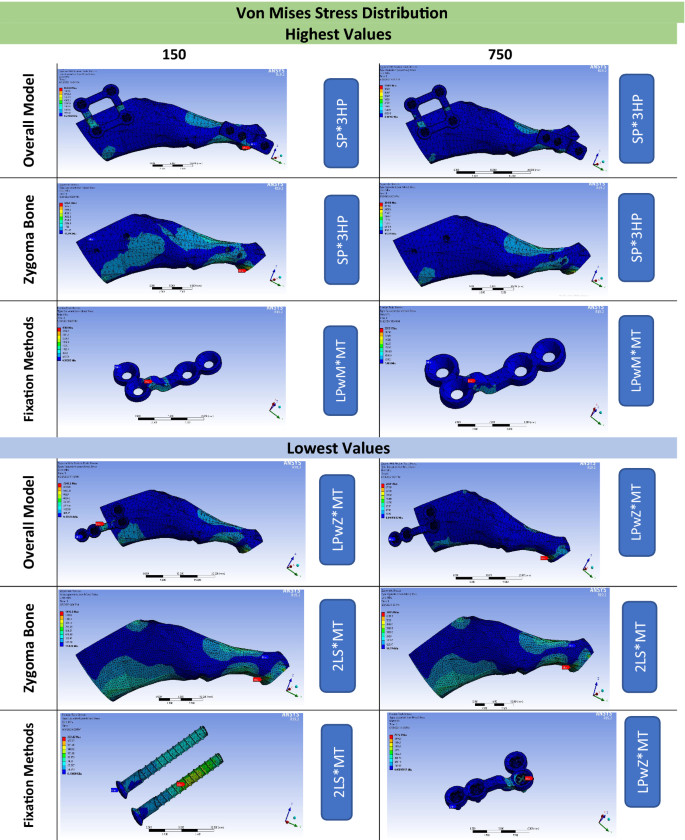
Background Although titanium plates/screws are effective fixation methods (FM) after L-shaped osteotomy reduction malarplasty (LORM), the ideal FM remains controversial. This first finite element analysis (FEA) aimed to study the effect of various zygomatic body/zygomatic arch FM combinations and their placement vectors on the zygoma complex stability after virtual LORM under the effect of both average (150 N/mm2) and maximum (750 N/mm2) forces and three-dimensional (3D) mapping of stress and strain parameters distribution over the zygomatic bone, fixation methods, and total model. Results The fixation methods about the short-arm of the L-shaped osteotomy showed lower stress, strain, and displacement values than those across the long-arm osteotomy site. Combined with any zygomatic arch fixation methods (ZAFm), the two bicortical screws group (2LS) on the zygomatic body osteotomy site resulted in smaller displacements and the lowest zygoma bone stress and displacement when combined with Mortice–Tenon structure (MT) as zygomatic arch fixation method. Applied forces caused statistically significant differences in zygomatic bone stress (P < 0.001 and P = 0.001) and displacement (P = 0.001 and P = 0.002). Conclusion All FMs both on the zygomatic body and zygomatic arch provide adequate zygomatic complex stability after LORM. The 2LS group showed better resistance than rectangular plate (RP) and square plate (SP) with lower stress concentrations. The L-shaped plate with short-wing on the maxilla (LPwM) is more stable than having the short-wing on the zygoma bone (LPwZ). Future prospective clinical studies are required to validate the current findings.

PDF) Finite Element Analysis: A Maxillofacial Surgeon's Perspective

Equivalent von Mises stress distribution in the human facial skeleton
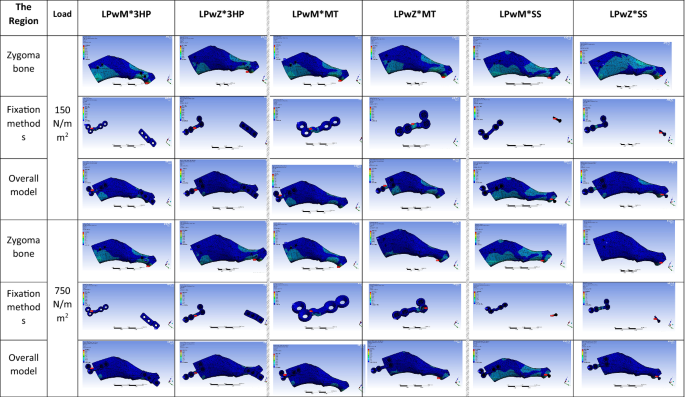
Stability of different fixation methods after reduction malarplasty under average and maximum masticatory forces: a finite element analysis, BioMedical Engineering OnLine

PDF) Assessment of Biomechanical Stability of a Biodegradable Fixation System

PDF) Is a Shorter Bar an Effective Solution to Avoid Bar Dislocation in a Nuss Procedure

PDF) Assessment of Biomechanical Stability of a Biodegradable Fixation System

PDF) Assessment of Biomechanical Stability of a Biodegradable Fixation System

Didactic classification of FEA model scales: Level A -simulation of a
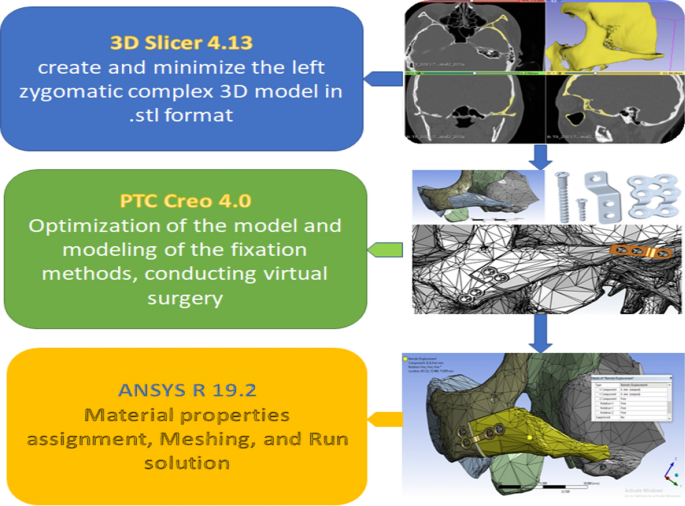
Stability of different fixation methods after reduction malarplasty under average and maximum masticatory forces: a finite element analysis, BioMedical Engineering OnLine

PDF) Stability of different fixation methods after reduction malarplasty under average and maximum masticatory forces: a finite element analysis

PDF) Stability of different fixation methods after reduction malarplasty under average and maximum masticatory forces: a finite element analysis

Preclinical study of additive manufactured plates with shortened lengths for complete mandible reconstruction: Design, biomechanics simulation, and fixation stability assessment - ScienceDirect
Recomendado para você
-
Solved Calculate the stress in N/mm2 that will cause damage05 julho 2024
-
Solved b) Calculate the value of stress in N/mm2 and05 julho 2024
-
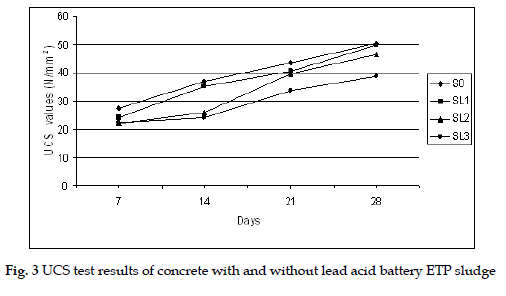 UTILIZATION OF INDUSTRIAL EFFLUENT TREATMENT PLANT (ETP) SLUDGE AS PARTIAL REPLACEMENT FOR CEMENT IN CONCRETE05 julho 2024
UTILIZATION OF INDUSTRIAL EFFLUENT TREATMENT PLANT (ETP) SLUDGE AS PARTIAL REPLACEMENT FOR CEMENT IN CONCRETE05 julho 2024 -
![Tensile strength Rm [N/mm2]](https://media.bossard.com/-/media/bossard-group/website/images/engineering/technical-resources-new/en/tensile-strength-rm.png?h=308&w=352&hash=C879E66ACD3B55E8F670D9E887C5096AF2518072&hash=C879E66ACD3B55E8F670D9E887C5096AF2518072&la=en) Tensile strength Rm [N/mm2]05 julho 2024
Tensile strength Rm [N/mm2]05 julho 2024 -
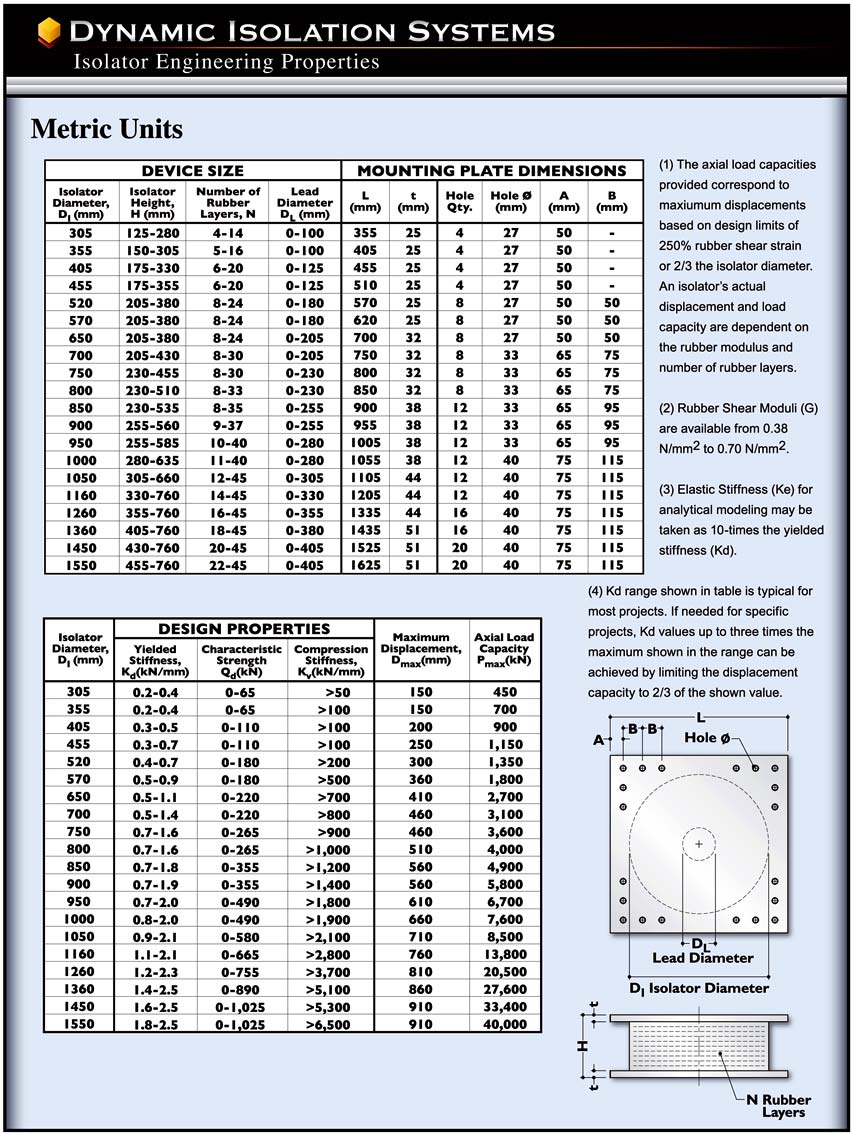 Dynamic Isolation Systems - Technical Information05 julho 2024
Dynamic Isolation Systems - Technical Information05 julho 2024 -
 Virtual Labs05 julho 2024
Virtual Labs05 julho 2024 -
 The rivet group shown connects two narrow lengths of the plate, one of which carries a 15 kN load positioned as shown. If the ultimate shear strength of a rivet is 35005 julho 2024
The rivet group shown connects two narrow lengths of the plate, one of which carries a 15 kN load positioned as shown. If the ultimate shear strength of a rivet is 35005 julho 2024 -
 Autopipe Code Stress for DNVGL-ST-F101:2017 - AutoPIPE Forum - AutoPIPE - Bentley Communities05 julho 2024
Autopipe Code Stress for DNVGL-ST-F101:2017 - AutoPIPE Forum - AutoPIPE - Bentley Communities05 julho 2024 -
Shandong Laboratory Metal Co.,Ltd - Mechanical properties of #Steel 25CrMo4(1.7218) 🏗Tensile Strength:min 740 N/mm2 🏗Yield Strength:min. 590 N/mm2 🏗Elongation:min.15 %(l) 🏗Kv-Imapct value:min.80J (l)05 julho 2024
-
 Materials Dlubal Software05 julho 2024
Materials Dlubal Software05 julho 2024
você pode gostar
-
 7 Tools That Savvy Android Gamers Always Have by Their Sides05 julho 2024
7 Tools That Savvy Android Gamers Always Have by Their Sides05 julho 2024 -
 Conjunto Bruxa Adulto Halloween05 julho 2024
Conjunto Bruxa Adulto Halloween05 julho 2024 -
 Watch Top Gun05 julho 2024
Watch Top Gun05 julho 2024 -
top 10 most powerful armies in the world 🌎🌍 2023#armies #fypシ #fyp #05 julho 2024
-
 Pokémon Blog or Something : Analysis of Types: Chapter 7: Normal-type: Part 3: In-Universe Symbolism and Mythology05 julho 2024
Pokémon Blog or Something : Analysis of Types: Chapter 7: Normal-type: Part 3: In-Universe Symbolism and Mythology05 julho 2024 -
 Dragon Ball' Voice Actor Sean Schemmel Admits He's Not A Fan Of Netflix's 'One Piece', Says He's Still Not Convinced Anime Can Be Properly Translated To Live-Action - Bounding Into Comics05 julho 2024
Dragon Ball' Voice Actor Sean Schemmel Admits He's Not A Fan Of Netflix's 'One Piece', Says He's Still Not Convinced Anime Can Be Properly Translated To Live-Action - Bounding Into Comics05 julho 2024 -
 Ben 10 Omniverse: Ultimate Aliens - Pt. 8_by 1999olympian on DeviantArt05 julho 2024
Ben 10 Omniverse: Ultimate Aliens - Pt. 8_by 1999olympian on DeviantArt05 julho 2024 -
 One Piece Season 2 Really Needs to Cast Jamie Lee Curtis05 julho 2024
One Piece Season 2 Really Needs to Cast Jamie Lee Curtis05 julho 2024 -
 Cavalete Montessori para Móbiles - Madeirinha05 julho 2024
Cavalete Montessori para Móbiles - Madeirinha05 julho 2024 -
 Daylight Saving Time, Summer Time Change, Change Your Clocks Stock Photo, Picture and Royalty Free Image. Image 96789828.05 julho 2024
Daylight Saving Time, Summer Time Change, Change Your Clocks Stock Photo, Picture and Royalty Free Image. Image 96789828.05 julho 2024



